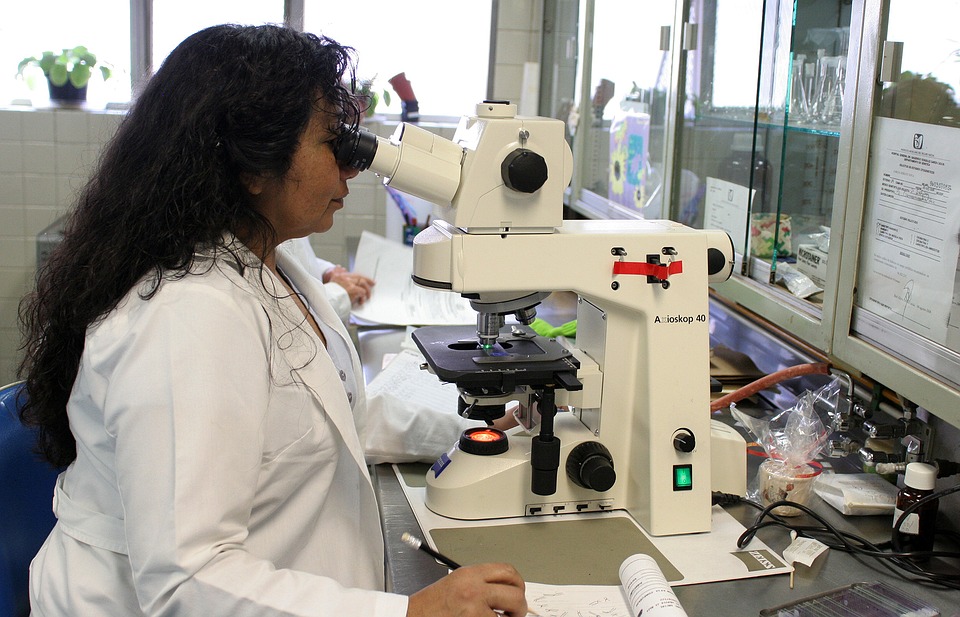Chemical analysis is an indispensable tool in the context of research and development, quality control and production process: it is the needs of the customer that guide the set up of the method, the procedure and the protocol of analysis. The development of analytical methods, in essence, depends on the actual needs of the customer, as well as its validation.
Development of analytical methods, what are the steps
The development of analytical methods is therefore an iterative process that starts from the definition of the problem or objective to the identification and development of the candidate method, i.e. the one most suited to the specific case. At this point it is necessary to evaluate whether the quality parameters are adequate. In the case of a positive answer, the parameters are considered acceptable on the basis of the results obtained and the drawing up of the final method is concluded. If this is not the case, these quality parameters are reassessed, and the method is then optimised.
Why validation of analytical methods is important
The analytical services are indispensable to prove the adequacy of the procedure under consideration. But when is it necessary to validate or revalidate the analytical methods? Surely when such a method is developed for particular purposes, or when you have the opportunity to update or improve it, or to extend it to a new analytical objective: BiCT offers services that include the development of methods and validation, stability studies, confirmation of identity of impurities from LC / MS LC / MS analysis and first proposal of structures of unknown impurities, quantitative analysis and preparation of standards. All this thanks to the use of facilities such as HPLC (standard and preparatory) and UPLC equipped with the following detectors: UV detector / VIS diode array, refractive index and mass spectrometer as well as robotic units that allow the screening of numerous analysis conditions simultaneously and therefore, the quick and accurate identification of the best one among them.

